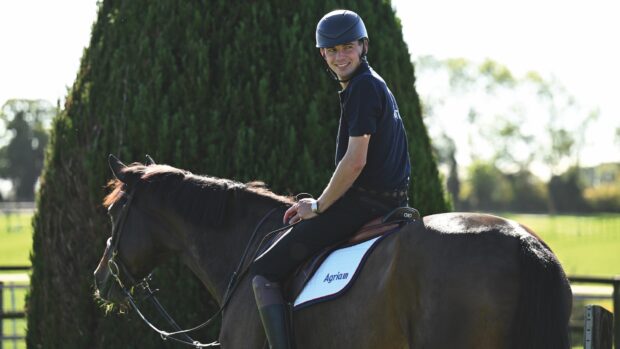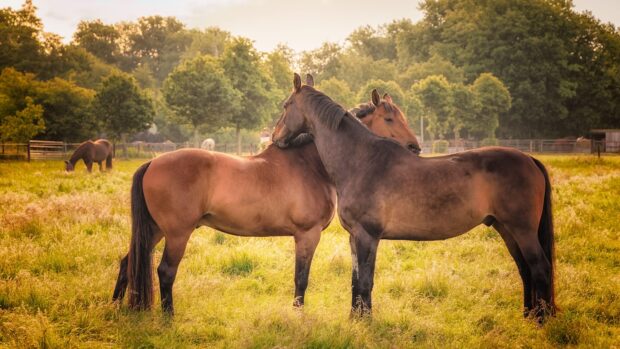Q: I was amazed to see the working hunter champion at a recent show being ridden in a double bridle with flash noseband. I am sure only a cavesson is permissible in this situation. Surely a show horse must be schooled to go in the correct tack or face ejection from the ring?
CB, Herts
WE asked Tricia Nassau-Williams of the Worshipful Company of Loriners for her take on this issue.
“When successfully used, a double bridle is a fine communication tool for use on a well-schooled horse that is being ridden by an educated and responsive rider,” she said.
“As with any form of communication, its success will rely upon receiving and recognising responses, as well as giving them. The two bits must work freely in the horse’s mouth independently of one another. The use of a restrictive noseband could hamper this.”
Louise Bell is a regular winner of prestigious show titles and recently won the working hunter championship at Royal Windsor with Cruise Control, wearing a double bridle and flash noseband.
“I would like to stress that there is no Sport Horse Breeding GB rule on what type of bridle can be used in a working hunter competition,” Louise stated.
“I have produced horses who have hunted for many seasons in bridles they show in. They are comfortable and happy doing their job, and their results speak for themselves. Our horses have to jump before being ridden by a judge who does not know them, and I pride myself on getting it right, so the horses can perform equally well for anyone who rides them.
“I teach many young people coming into the sport with great success, and not all horses go in a snaffle and cavesson,” Louise said.
“There is a bit for every horse, and some require stronger versions than others. It is the hands on the reins that are important. I would much rather have a stronger bridle with soft hands, than a bridle that has to be hauled on to try and control a horse, leading to heavy hands and a sore mouth.”
The British Show Horse Association’s (BHSA) director, Adrianne Smyth, said: “There is no hard and fast rule in our rule book about which bits should be worn. We do have guidelines in our rules — which can be found under ‘dress code’ on our website, or are obtainable from the BSHA office — which recommend that the preferred bits are either a double or a pelham for open classes, or a snaffle for novice classes. It is expected that showing judges would take the severity or otherwise of the bit into consideration when assessing the ride and manners of the horse.”
Information
The Worshipful Company of Loriners Tel: 01386 751695 www.loriner.co.uk
BHSA www.britishshowhorse.org
This Q&A was first published in Horse & Hound (26 June, ’08)


